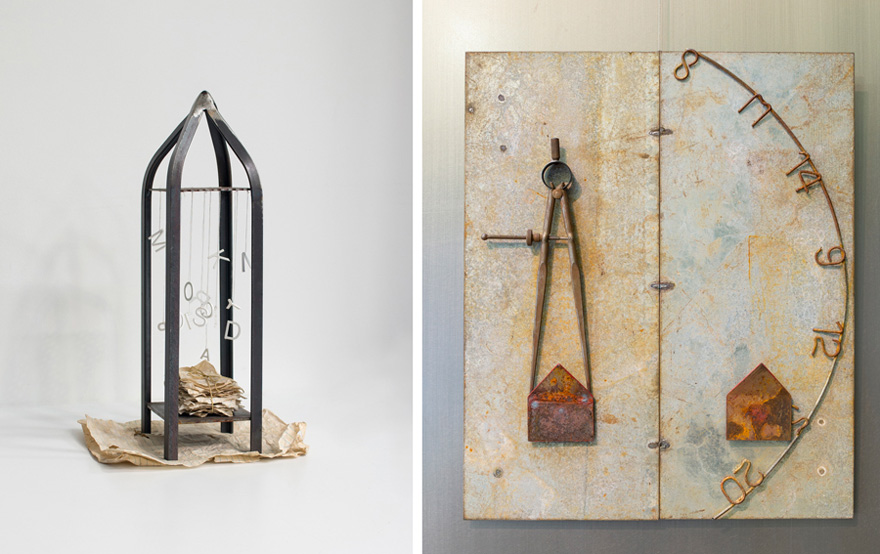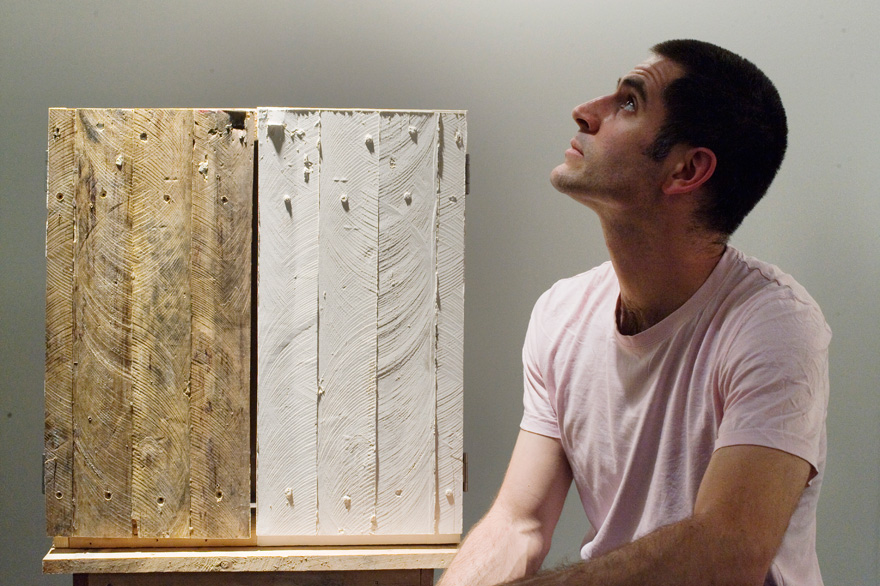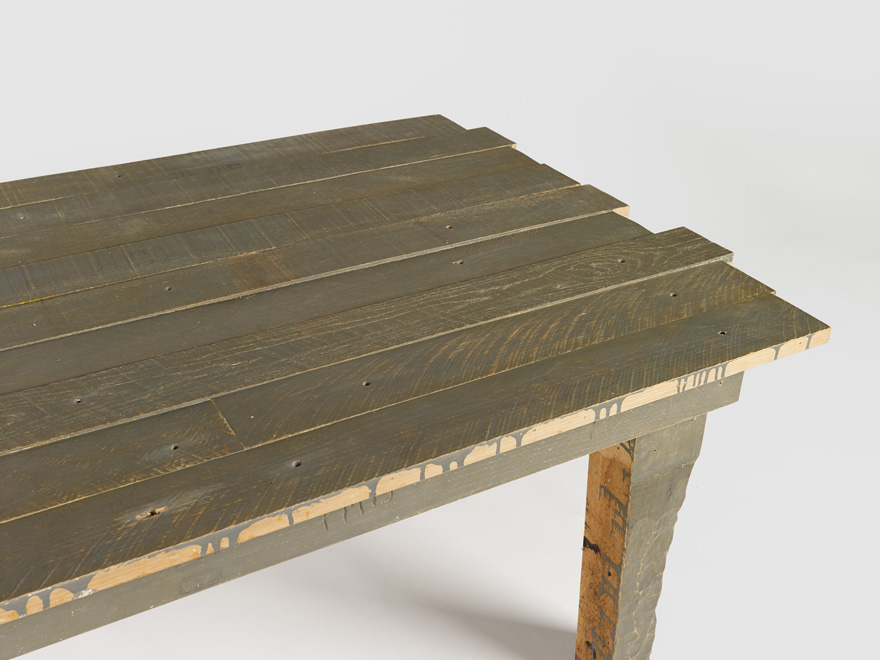
While studying abroad in Denmark during the fall of 2013, Meg Czaja toured Lego Headquarters and was disappointed with what she saw. For a class at the Kolding School of Design focused on the topic of play, the designer explored the toymaker's facilities, becoming increasingly disillusioned with the company's outlook on children in the United States. "One of the speakers, whom I believe worked in marketing, said that children in the U.S. don't know how to use Legos without instructions, which is why they are now sold in sets," Czaja says. "Rather than trying to challenge the notion, this mentality was driving their current designs—in lieu of a child's capacity to create. I found it to be incredibly troublesome."
That experience stuck with the Pratt MID candidate when she came back to the States, as she actively sought out opportunities to design for children's unrestricted, self-prompted play. The perfect opportunity came last spring in a soft-goods class taught by Rebbecah Pailes-Freedman. Given the task to design a backpack that incorporated an inherent social message, Czaja naturally gravitated to the topic of free play. The result is the PlayPack, which incorporates toys in its construction and can even become a toy itself.
Czaja kicked off the 14-week project with a comprehensive competitive analysis of existing backpacks. Making trips across New York and New Jersey, Czaja visited Target and REI stores to take photos and gather information about the bags they sold. Focusing on the bag construction, she looked at materials and the way zippers and other fasteners were handled, along with other features. "I think I examined over a hundred backpacks," she says. Czaja sketched out potential designs, honing those down to a final ten to present to her class.


In an effort to make the experience similar to that of a client/designer relationship, the professor picked the final direction for PlayPack, and then Czaja had to execute it. Designing and prototyping happened concurrently as the designer spent a few days mocking up the paper backpack from craft paper and masking tape on a child-sized mannequin, while simultaneously figuring out how the pack could be played with as individual pieces. "What if the bag itself became a toy that could be used in conjunction with the objects it held?" Czaja asked herself. "The form came from there. I never wanted the bag to be a toy in typical terms. I wasn't aiming to make a backpack that looked like a rocket ship or an octopus because, overall, that's limiting."
(more...)



























 Chris Hilton, External Drivetrain Product Manager
Chris Hilton, External Drivetrain Product Manager An integral part of the 1x system, the 11-speed X-DOME™ 10-42 tooth cassette delivers an incredibly wide gear range while maintaining even, optimized steps
An integral part of the 1x system, the 11-speed X-DOME™ 10-42 tooth cassette delivers an incredibly wide gear range while maintaining even, optimized steps
 Clockwise from top left: Frank Schmidt, Design engineering manager; Markus Klier, Test engineering manager; Andreas Benz, engineering team leader for rear derailleurs; Robert Boehm, senior design engineer for rear derailleurs; Thorsten Hamisch, senior industrial design engineer; Henrik Braedt, advanced development engineer, who realizes prototype ideas and designs before they become actual projects
Clockwise from top left: Frank Schmidt, Design engineering manager; Markus Klier, Test engineering manager; Andreas Benz, engineering team leader for rear derailleurs; Robert Boehm, senior design engineer for rear derailleurs; Thorsten Hamisch, senior industrial design engineer; Henrik Braedt, advanced development engineer, who realizes prototype ideas and designs before they become actual projects





 Two pieces from Marigold's Wooden Tables series, now on view at
Two pieces from Marigold's Wooden Tables series, now on view at  Above and below: furniture from Marigold's recent
Above and below: furniture from Marigold's recent 
 Marigold's
Marigold's 













